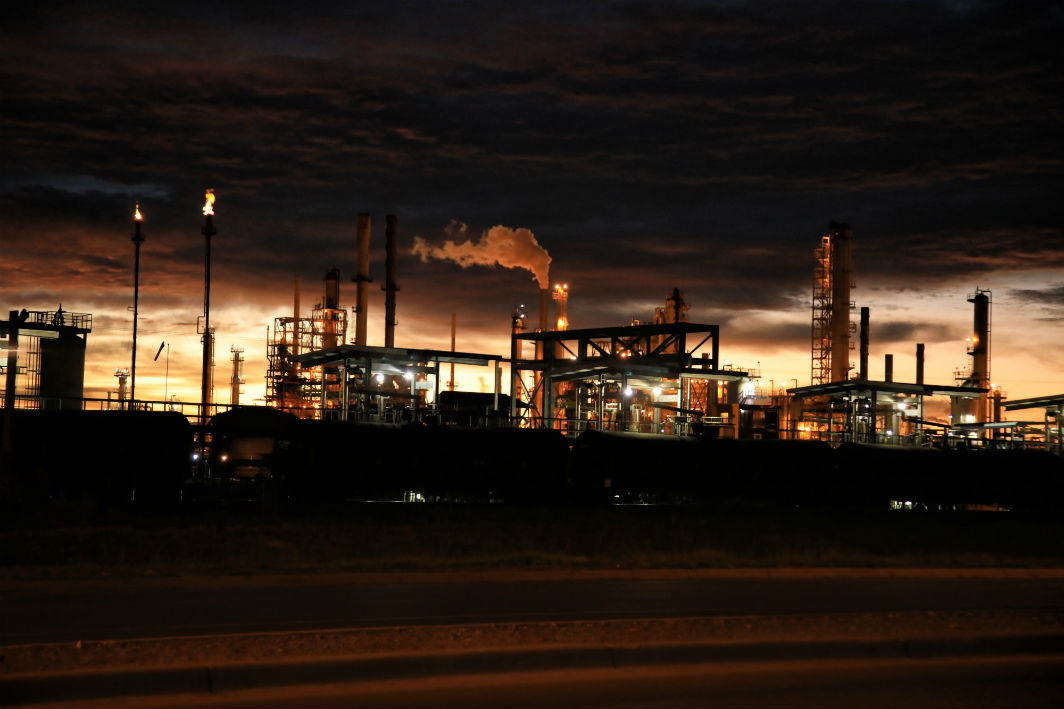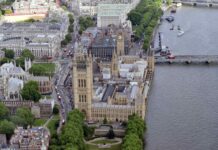The World Meteorological Organization’s (WMO) latest report shows greenhouse concentrations rising, not falling. What does it mean for low carbon business?
Citing WMO data, the BBC writes that atmospheric concentrations of carbon dioxide and other greenhouse gases once again reached new highs in 2018.
By anyone’s estimation, this is concerning in the extreme. Warming gases, such as methane and nitrous oxide, have surged by above average amounts. Since 1990 there’s been an increase of 43% in the warming effect on the climate of long lived greenhouse gases.
“There is no sign of a slowdown, let alone a decline, in greenhouse gases concentration in the atmosphere despite all the commitments under the Paris agreement on climate change,” said WMO Secretary-General Petteri Taalas.
He added that the last time the Earth experienced a comparable concentration of CO2 was three to five million years ago. Back then, the temperature was two to three degrees centigrade warmer and sea level was ten to 20 metres higher than now.
What should low carbon organisations be doing?
“The findings of WMO’s Greenhouse Gas Bulletin and UNEP’s Emissions Gap Report point us in a clear direction – in this critical period, the world must deliver concrete, stepped-up action on emissions,” said Inger Andersen, Executive Director of the UN Environment Programme (UNEP).
“We face a stark choice: set in motion the radical transformations we need now, or face the consequences of a planet radically altered by climate change.”
This is the key takeaway for low carbon firms; the news means that businesses can expect more, not less momentum on low carbon, and that the status quo of legislation packages aimed at mitigating carbon is likely to remain, or even be enhanced given the findings.
To be clear; no immediate UK change has been promised. But the news sets a direction of travel for UK and global policy-making which makes putting low carbon at the centre of business planning a wise idea for every UK firm.
Why isn’t progress working?
Beyond what the news tells us about future policy, many forward-thinking businesses will be asking why climate policy isn’t producing the right changes.
The WMO has produced this video explaining the basics. Fundamentally there is still no sign of a peak in new global emissions from the burning of fossil fuels. The world’s climate is very complex, but steps to address fossil emissions simply aren’t occurring fast enough.
The UNEP numbers explain the challenge; ten years ago, if countries had acted, governments would have needed to reduce emissions by 3.3 per cent each year. Today, we need to reduce emissions by 7.6 per cent each year. By just 2025 the cut needed will steepen to 15.5 per cent each year. It’s about the pace of change, or more precisely lack of it.
Total decarbonisation
Here’s the key; UNEP says a full decarbonisation of the energy sector is necessary and possible.
Renewables and energy efficiency are critical to the energy transition. The potential emission reduction thanks to renewable energy electricity totals 12.1 gigatonnes by 2050. That’s equivalent to the annual output of nearly two and a half million coal power stations: more than are operating in the world today.
Equally, electrification of transport could reduce the sector’s CO2 emissions by a huge 72 per cent by 2050.
So the answers are there, but the message is that we’re acting too slowly on them. Every UK firm must look to embed such alternatives, not only to minimise warming, but to futureproof against an equally volatile business climate too.













